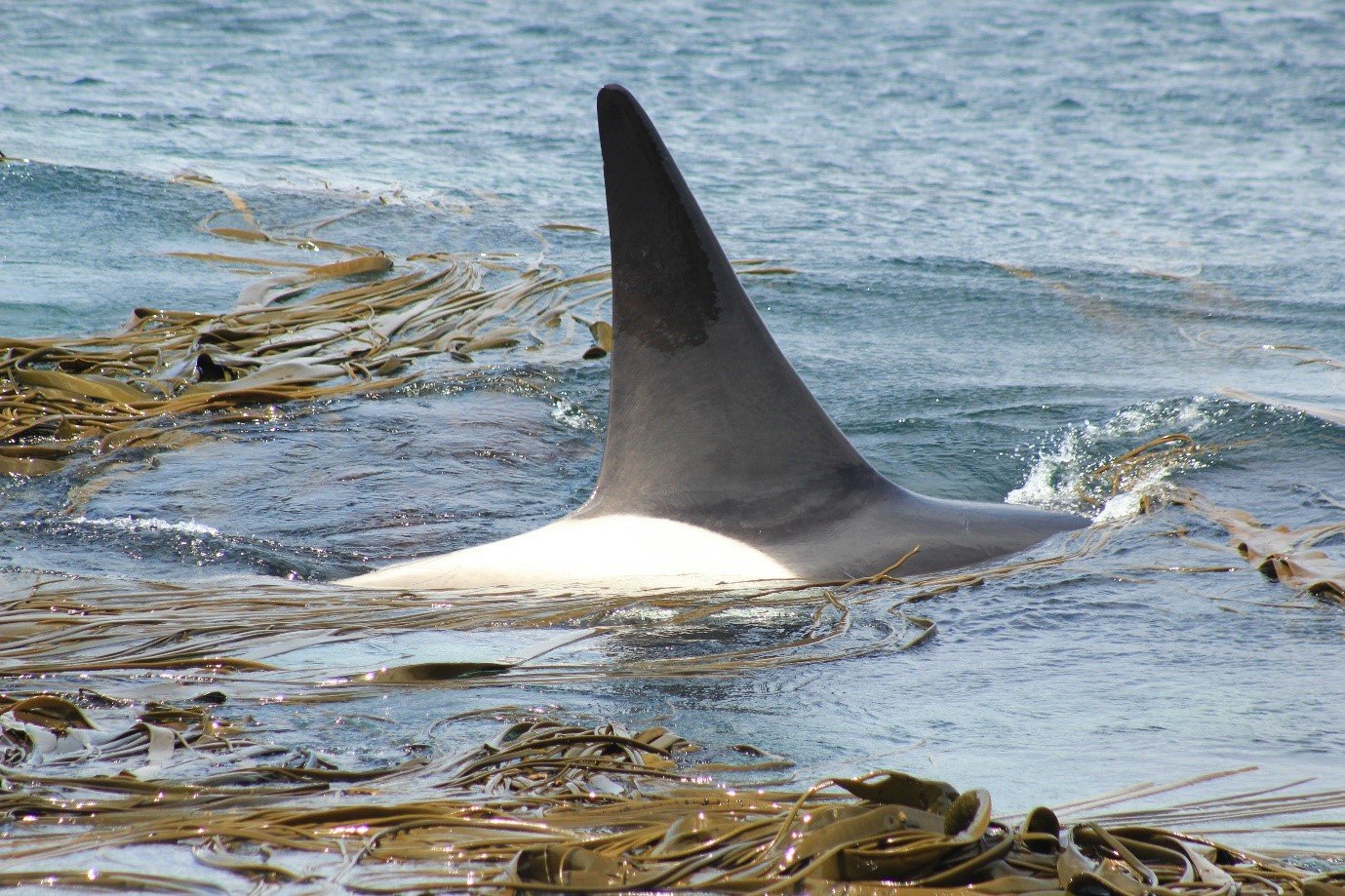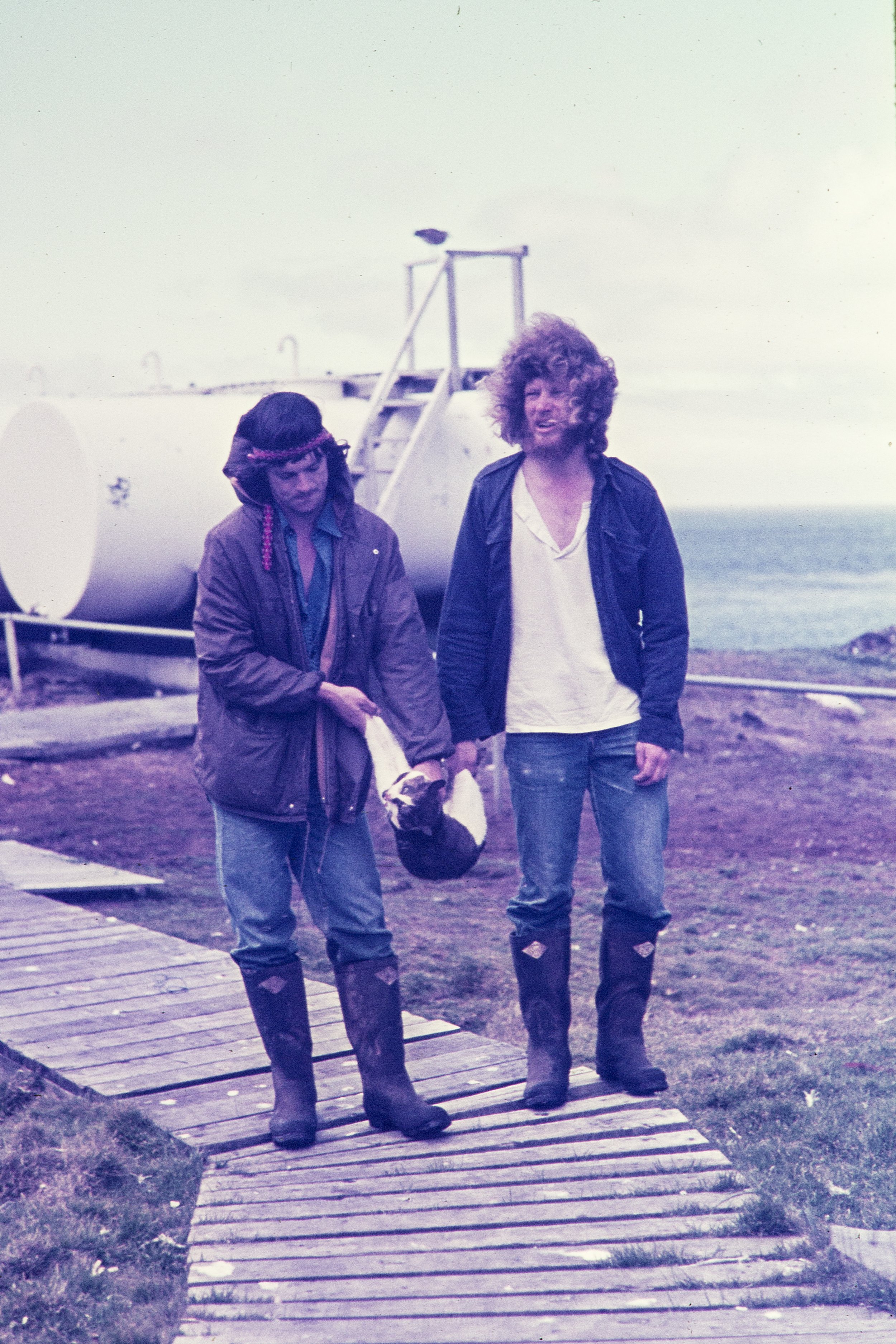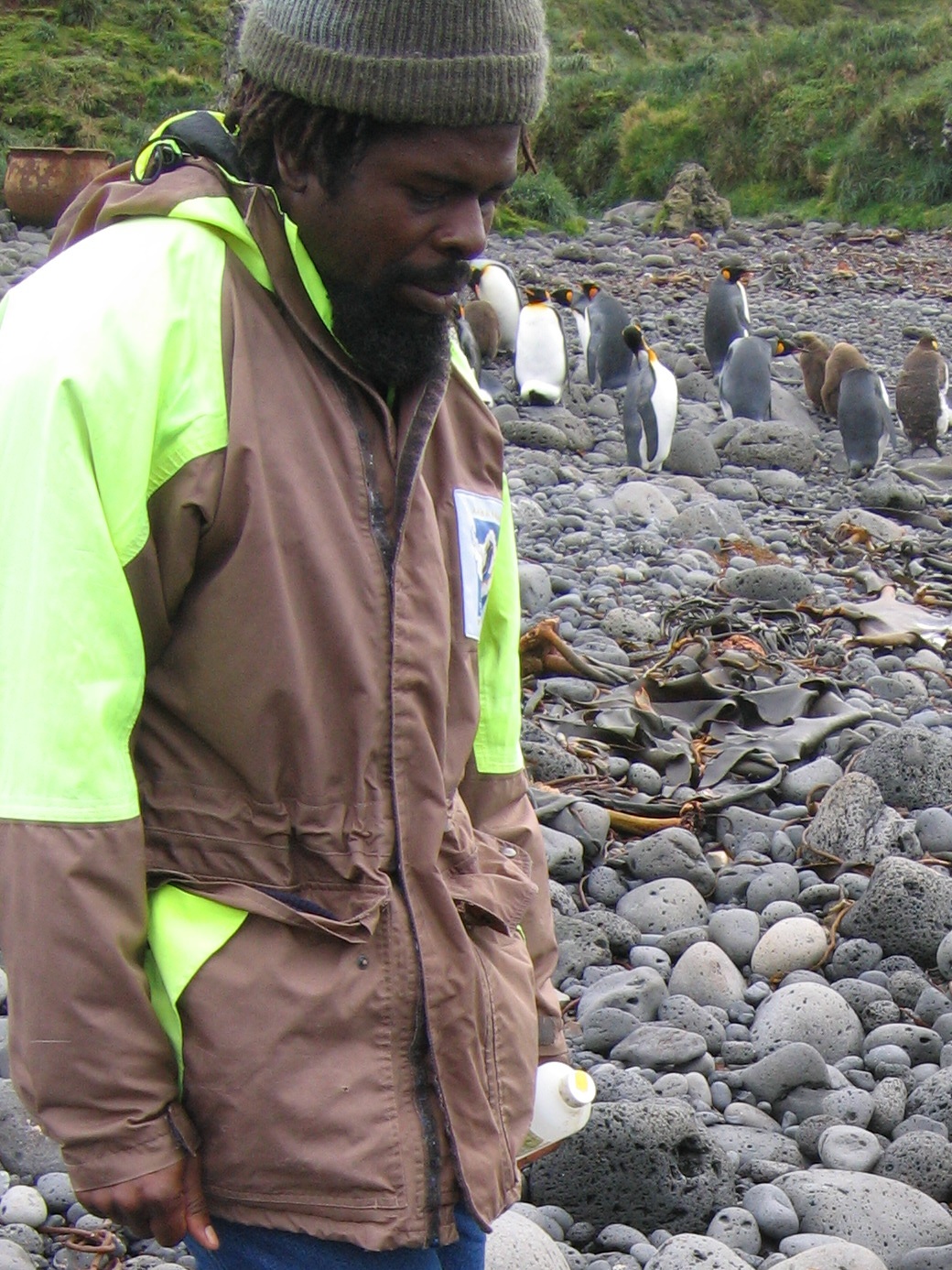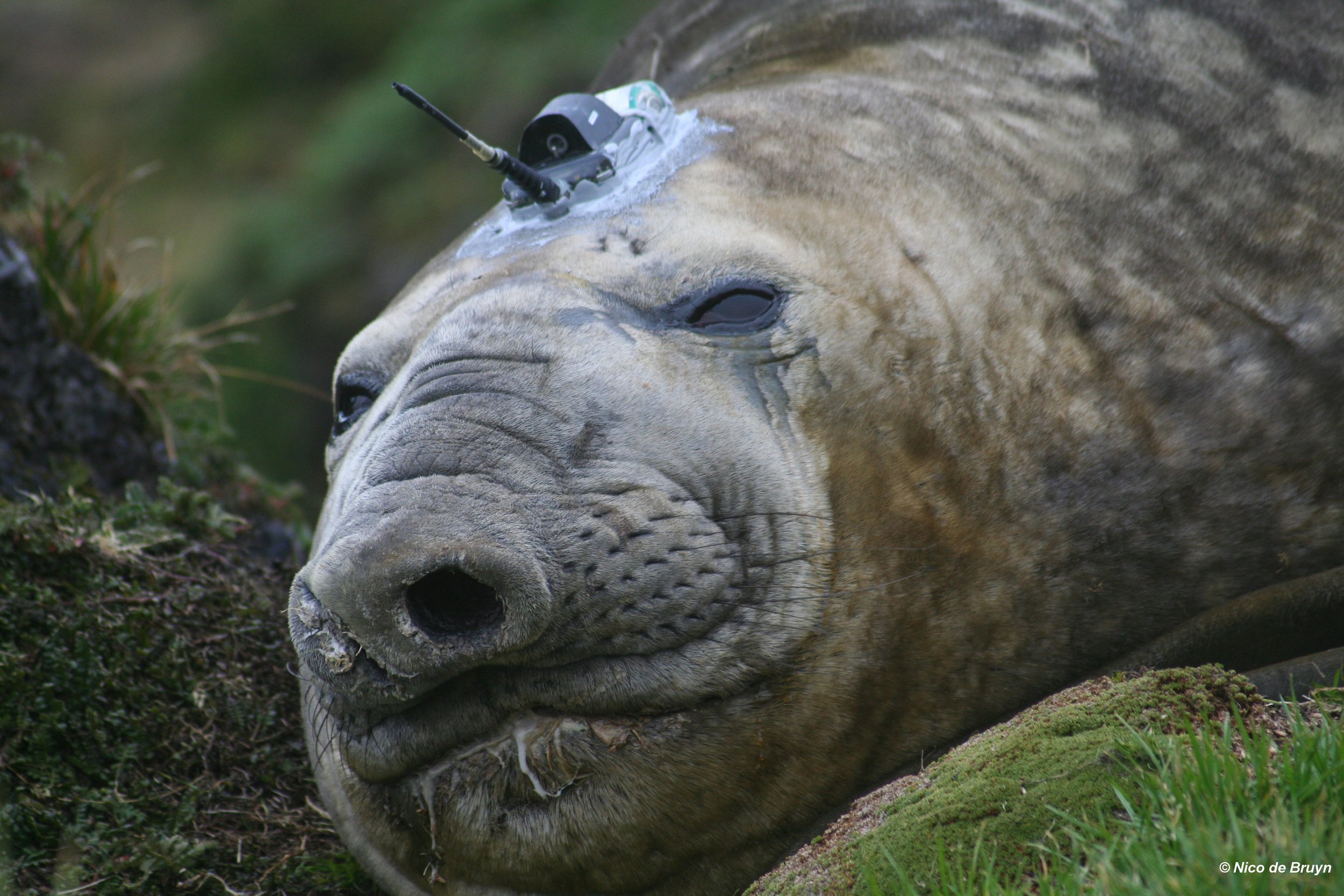Field Assistant Vacancies 2025-26 for MIMMP - NOW CLOSED for Applications
/Three field assistant positions (2 x "Sealers" and 1 x "Whaler") are once again available at Marion Island, April 2025 - May 2026. All three positions will henceforth be managed through the South African Polar Research Infrastructure (SAPRI) hosted within the South African Environmental Observation Network (SAEON). Deadline - 07 October 2024.
Full details and applications in the link below:
APPLICATIONS MUST BE SUBMITTED VIA SAEON (click here to redirect for details).
DEADLINE: 07 October 2024
An overview documentary of what you might expect in these positions can be viewed here and further insight about our science can be gained by listening to a public talk (here) or viewing our publications.
Additional information about the positions and a background to the programme can be found on our programme history, 'working with us' and FAQ pages.
If you want a good idea of what life as a sealer is all about on Marion, consider purchasing a copy of our book - 'Pain forms the Character'
Want to help us continue this globally unique research? Support the programme.




















































